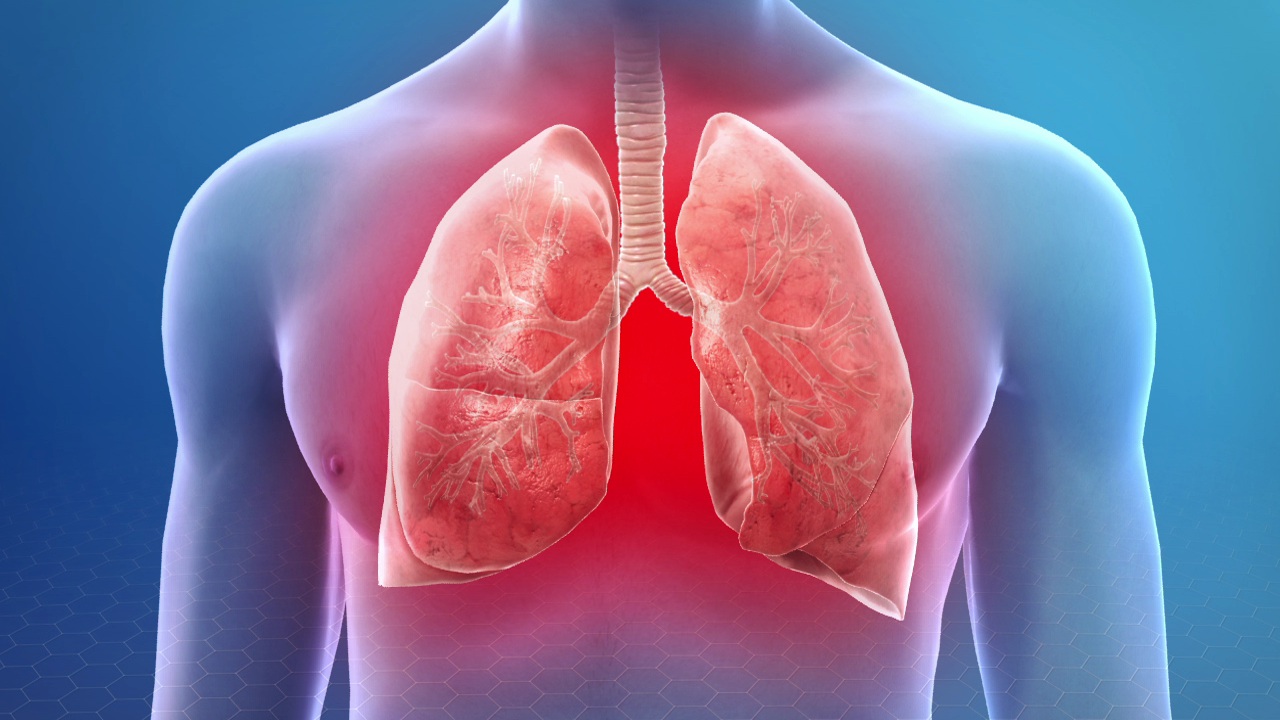Pneumonia
Introduction
Pneumonia is a lung infection that causes inflammation in the air sacs, or alveoli, which may fill with fluid or pus. This condition affects one or both lungs and can lead to coughing, fever, chest pain, and breathing difficulties. It can be caused by bacteria, viruses, or fungi and ranges from mild to severe. Older adults, young children, and individuals with weakened immune systems or chronic illnesses are at higher risk of developing complications from pneumonia.
Symptoms
Symptoms of pneumonia can vary based on the cause and the patient's age or health status. They may come on suddenly or develop gradually. Common signs and symptoms include:
- Persistent cough (with phlegm or mucus)
- Fever, chills, and sweating
- Shortness of breath or rapid breathing
- Chest pain that worsens with coughing or breathing
- Fatigue and weakness
- Loss of appetite
- Confusion, especially in older adults
If you notice any of these symptoms lasting more than a few days or worsening, medical evaluation is advised.
Common Triggers
Pneumonia can be triggered by various infectious agents and environmental factors. Some of the most common causes and triggers include:
- Bacterial infections: such as Streptococcus pneumoniae, the most frequent bacterial cause.
- Viral infections: including influenza, RSV (respiratory syncytial virus), and COVID-19.
- Fungal infections: more likely in people with compromised immune systems.
- Aspiration pneumonia: caused by inhaling food, liquid, or vomit into the lungs.
- Environmental irritants: such as smoke, air pollution, and chronic exposure to workplace chemicals.
- Smoking or chronic conditions: like asthma, COPD, or heart disease, which can increase vulnerability.
Screening & Diagnosis
Early diagnosis of pneumonia is important to avoid complications. A healthcare provider may perform the following tests:
- Physical exam: Listening for abnormal lung sounds (crackles, wheezing).
- Chest X-ray: To detect inflammation or fluid buildup.
- Blood tests: To determine the presence and type of infection.
- Sputum culture: To identify the specific organism causing the infection.
- Pulse oximetry: Measures the level of oxygen in your blood.
- CT scan or bronchoscopy: In more severe or unclear cases.
Accurate diagnosis helps determine the right treatment plan.
Treatment
Treatment for pneumonia depends on its cause, severity, and the patient’s overall health:
- Bacterial pneumonia: Treated with prescribed antibiotics.
- Viral pneumonia: Managed with antiviral medication and supportive care (rest, fluids, fever control).
- Fungal pneumonia: Treated with antifungal drugs.
- Supportive care: Includes pain relievers, cough medicine, rest, and adequate hydration.
- Severe cases: May require hospitalization, oxygen therapy, or even mechanical ventilation in critical cases.
Completing the full course of treatment is essential, even if symptoms improve early.
Prevention
Preventing pneumonia involves both vaccinations and healthy lifestyle practices:
- Get vaccinated: Pneumococcal vaccine, annual flu shot, and COVID-19 vaccines are highly recommended.
- Maintain good hygiene: Regular handwashing and covering your mouth while coughing or sneezing.
- Avoid smoking: Smoking damages lung tissue and weakens immune defenses.
- Manage chronic conditions: Keep conditions like asthma, diabetes, or heart disease under control.
- Boost your immune system: Eat a balanced diet, exercise regularly, and get enough sleep.
These steps greatly reduce the risk of getting pneumonia or having complications.
When to Seek Medical Attention
You should seek immediate medical attention if you or someone else experiences:
- Sudden or severe difficulty breathing
- Chest pain that worsens with breathing
- High or persistent fever
- Bluish lips or fingertips (a sign of low oxygen)
- Confusion or changes in alertness (especially in older adults)
- Symptoms that worsen after starting treatment or don't improve in a few days
Prompt medical care can help prevent severe complications such as respiratory failure, sepsis, or organ damage.
